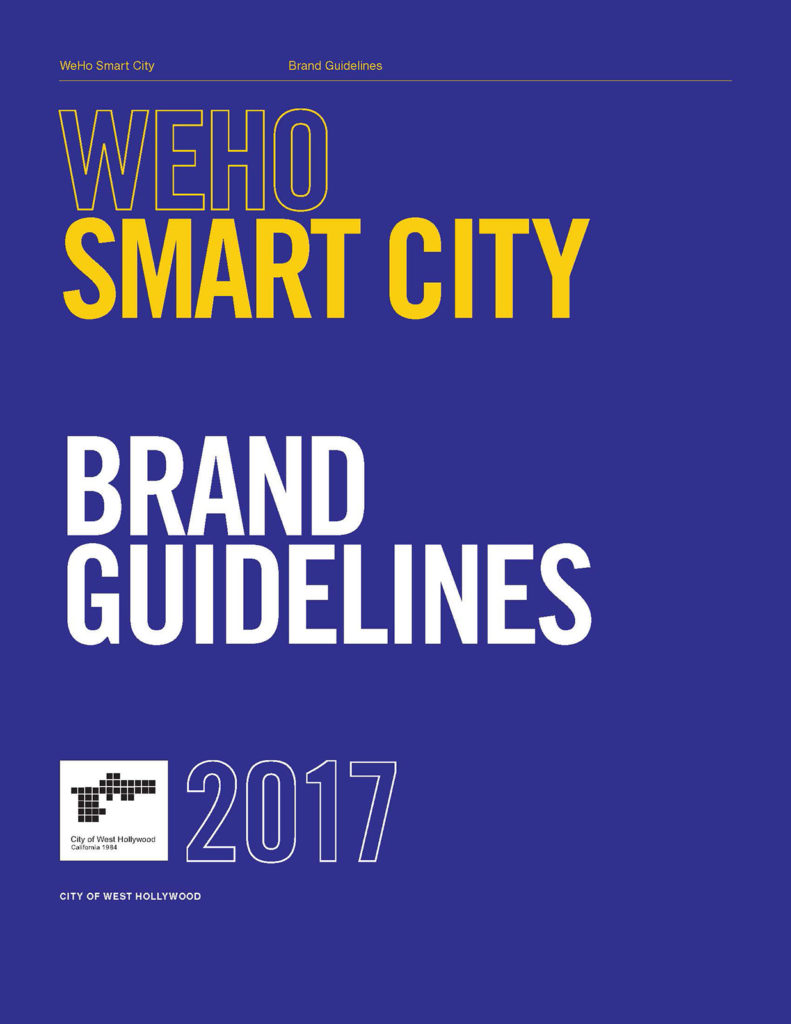As cities across the world ready themselves for tomorrow’s mobility innovations, we mustn’t forget to ready our citizens for a new lifestyle. If it’s up to cities to create future-ready infrastructure, it’s also up to us to ensure citizens of all ages and abilities are comfortable with letting go of personal automobile ownership, trusting autonomous technology, and embracing new modes of transportation.
We can do this by employing user experience (UX) strategies that are commonly used in other industries. The goal is to enhance the user’s satisfaction with an alternative mode of transportation and new technologies by improving its usability, accessibility, and pleasure provided in the interaction with the service or mode of transportation. Because what good will autonomous buses do if people’s subpar experience riding a bus keeps them in their cars?
The City of West Hollywood is focusing on mobility UX. With 1.9 square miles and 35,000 residents, the City of West Hollywood is becoming an urban laboratory for mobility user experience enhancements. Already the most walkable city in California, the City of West Hollywood is gradually implementing initiatives to ready our residents, businesses, and visitors for the future. Before autonomous vehicles come to market, and before the proposed Metro Crenshaw/LAX Northern line light-rail extension comes through West Hollywood, the City is saturating the streets with user-centered mobility innovations.
Cities looking to lure citizens away from their vehicles can begin with creative branding to improve the user experience of services already offered. While a local entertainment circulator is nothing new, The PickUp is targeted and marketed to our young, hip, nighttime entertainment clientele who are typically public transportation adverse. Residents and visitors coming to West Hollywood on weekends can take this free, fun shuttle that comes equipped with a DJ and photographer inside, its own social media accounts, and a perks card for discounts to popular nightlife businesses.

Creative exterior branded wrapping markets the trolley as it rolls along a major entertainment corridor. By transforming the trolley into an Instagram-worthy destination itself, and thinking outside the transit box, entertainment goers have a good reason to take public transit instead of driving. The project has been so successful that the City is expanding this free shuttle service to another entertainment corridor, branded differently to create a user experience targeted at a different audience.
Cities wanting to bring innovations to their constituents should focus on making the user experience as welcoming and memorable as possible. When the City of West Hollywood developed the City Hall Automated Parking Garage, one of the first municipal automated garages in the country, making constituents feel comfortable giving their car to a machine was a priority. Because automated parking garages utilize computer-controlled motorized lifts, conveyors and shuttles to transport cars without human assistance, the interaction could make some people uneasy. Design played a big part in creating a unique and welcoming experience for people not accustomed to interacting with this technology.
The garage bays are filled with public art murals, the brightly colored motorized lift is visible from the street through a glass curtain wall, and specially-trained parking attendants pride themselves on providing excellent customer service, explaining each step of the process to new users. Not a week goes by that I don’t hear someone new mention how great the experience was, what a marvel it is, and how excited they are to tell people about it. The “robo garage,” as people often refer to it, is turning our constituents into technology advocates.
Your city might have great mobility options and a piece of futuristic infrastructure to serve your constituents, but until you’re speaking their language, you’re not moving the needle towards getting people out of their cars and into newer forms of transportation. So much of innovation language is “tech-speak,” full of technical jargon that’s geared towards technical professionals, not future users.
Before the City of West Hollywood launched the Smart City Strategic Plan process, we undertook an extensive investigative effort to understand how our constituents – residents, businesses, and city staff – relate to technology and how it fits into their lives. With extensive user interviews and workshops, we gained insights into strategies for launching new projects. Among many lessons, we learned that our constituents are technology savvy but don’t consider themselves techies. Now we know to promote the quality of life enhancements that potential smart city mobility projects will bring and not the details of the technology itself.

In summary, to improve the chance of users adopting new mobility technologies and alternative modes of transportation, we must not forget to focus on improving mobility’s UX and launching projects that allow users to build a relationship with new technologies. While the three strategies presented above can go a long way, these are but a small sampling of the UX strategies that can be explored for a successful transition into the mobility of tomorrow.
© CoMotion LA │ Powering a Sustainable Multimodal Future for All
Sign up for CoMotion NEWS, our must-read weekly newsletter that contains the most critical mobility news of the week, updates about: CoMotion events, the Fast Forward Podcast and more!